Construction Materials Lab
Our lab is a hub of innovation where we delve into the fascinating realm of civil engineering materials to drive advancements in construction technologies. Step inside our cutting-edge facility and experience the thrill of experimentation with state-of-the-art equipment and tools. From cement to concrete, asphalt to aggregates, our lab offers a treasure trove of materials for testing and analysis.
Beyond research, we are committed to knowledge dissemination and capacity building. Through workshops, seminars, and training programs, we inspire and empower the next generation of civil engineers and construction material experts to become catalysts of change in the industry.
Join us at the Construction Materials Lab of IIT Mandi, where innovation knows no bounds. Together, let's unlock the future of construction materials and build a world of sustainable and resilient infrastructure.
 Thainswemong Choudhury
Thainswemong Choudhury
 Rajneesh Sharma
Rajneesh Sharma
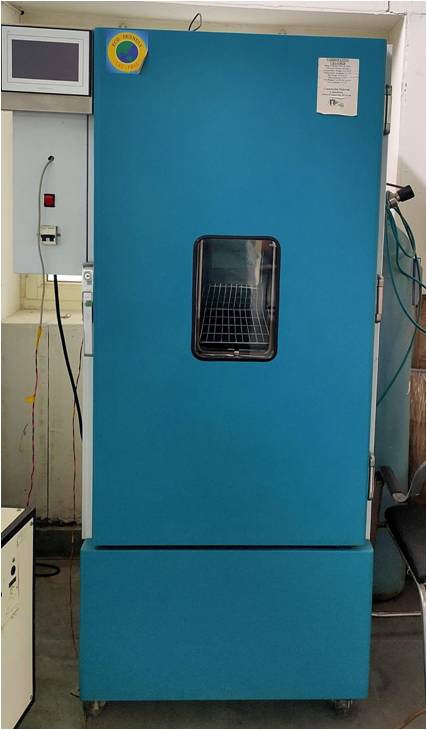
Carbonation Chamber
Carbonation chamber is used for determination of the required temperature and humidity conditions, at a certain concentration (20% or less) of carbon dioxide gas in a concrete specimens carbonation depth.
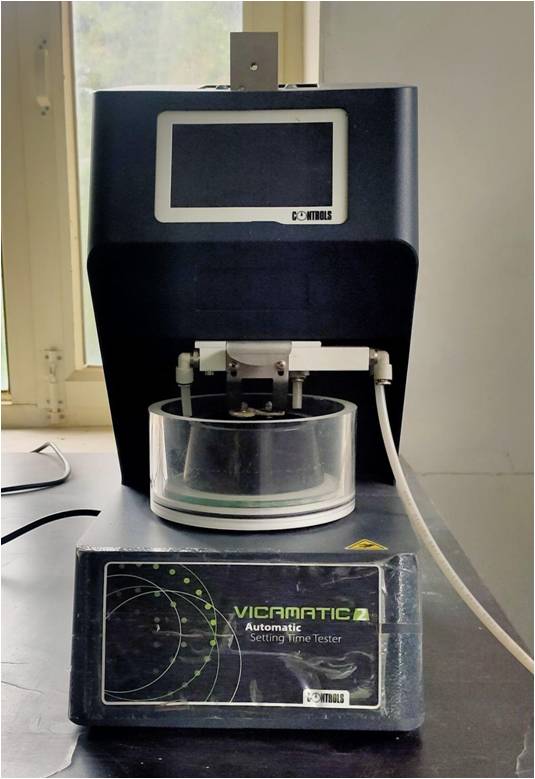
Automatic Vicat
The Automatic Vicat apparatus is used to determine the setting time and consistency of the cement mortar by using the Vicat method. The penetration depth is measured by a sensor with a 0.1mm resolution.
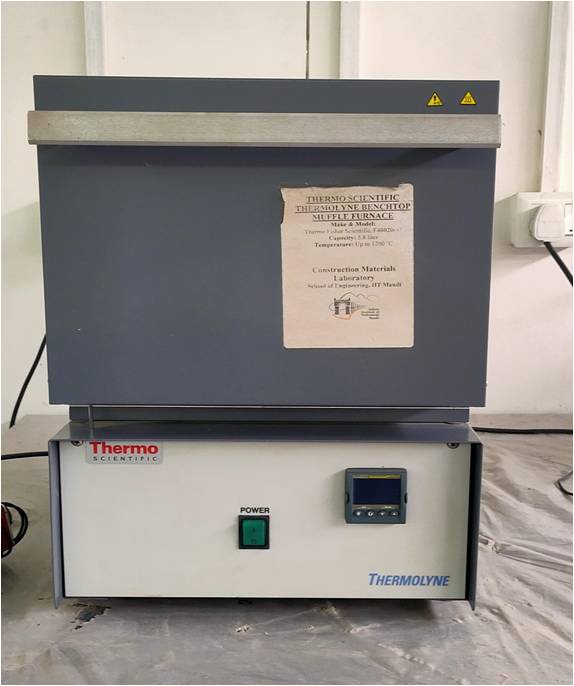
Muffle Furnace
Muffle furnace allows rapid high-temperature heating, recovery, and cooling in self-contained, energy-efficient cabinets. A muffle furnace separates the object to be heated from all byproducts of combustion from the heat source
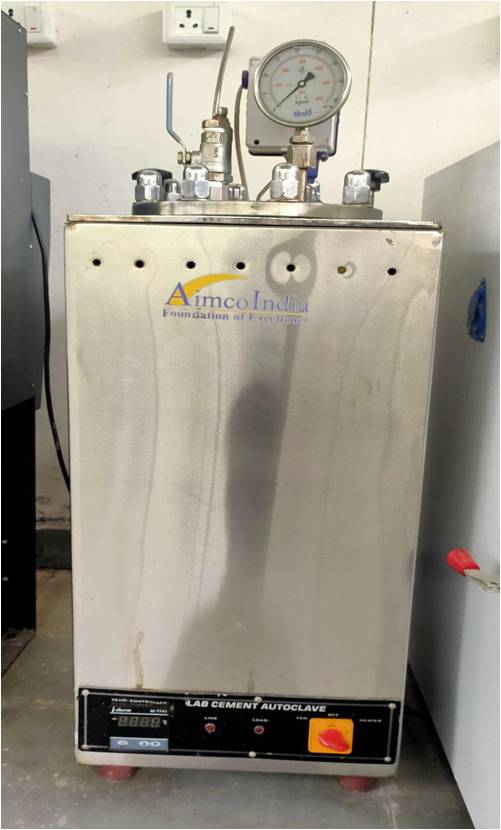
Autoclave
An autoclave is a machine that provides a physical method of sterilization by killing bacteria, viruses, and even spores present in the material put inside of the vessel using steam under pressure. Autoclave sterilizes the materials by heating them up to a particular temperature for a specific period of time.
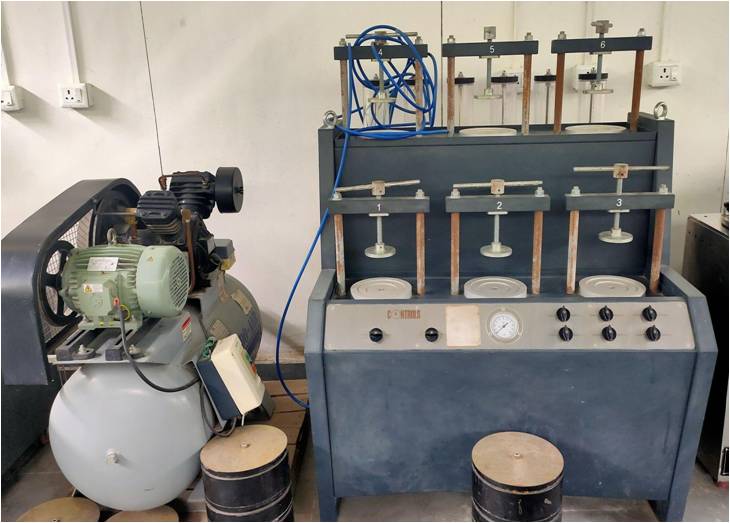
Water Permeability apparatus
This apparatus is used to determine the depth of penetration of water under pressure in the concrete specimens. The test is performed clamping the specimen - cubic, cylindrical or prismatic of length of edge, or diameter not less than 150 mm - between two flanges with special circular gaskets.
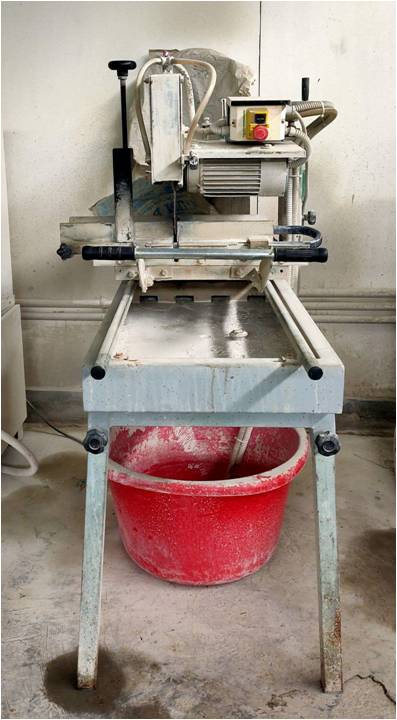
Cutting and Grinding machine
A grinding machine, often shortened to grinder, is a power tool (or machine tool) used for grinding. It is a type of machining using an abrasive wheel as the cutting tool. Each grain of abrasive on the wheel's surface cuts a small chip from the workpiece via shear deformation.
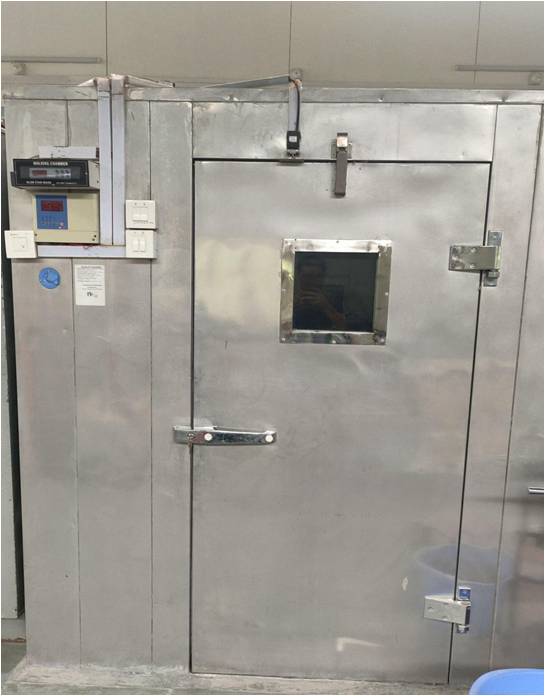
Walk in Chamber
Walk in chamber simulates the effects that a range of temperature and humidity conditions have on a product or material, chambers that can withstand high temperature and high humidity along with fast temperature change rates
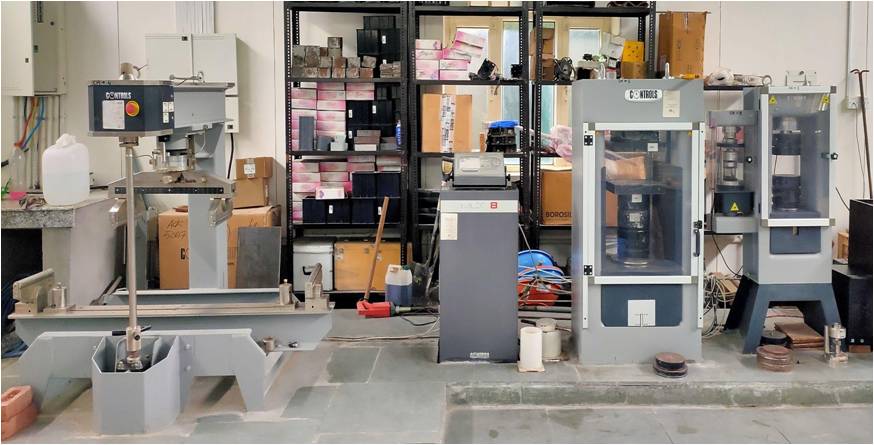
Compression & Flexural testing Machine
This machine is designed for ascertaining compressive strength and deformation of all kind of materials including concrete cubes, composite materials, etc. With additional accessories many other test such as splitting strength test, flexural strength test.
Frame 1 capacity 5000 KN
Frame 2 capacity 300 KN
Frame 3 capacity 15 KN
Flexural Frame capacity 300 KN
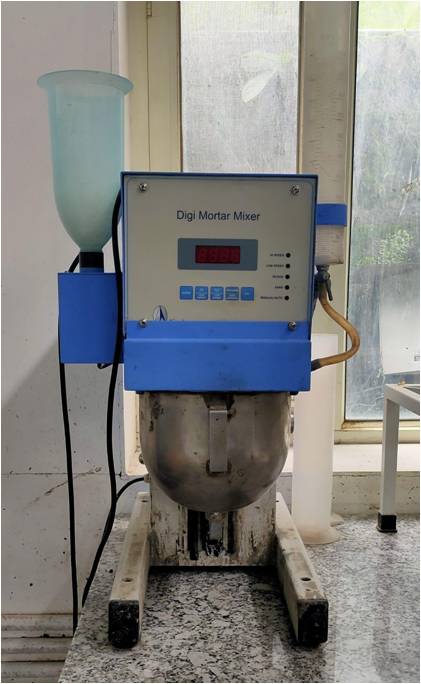
Digital Automatic Mortar Mixer
The Automatic Mortar Mixer is used to combine sand and cement pastes to the requirement of standards. The mixing paddle has a planetary motion and is operated by a motor. The motor has microprocessor-based speed and preset programs to meet all listed EN and ASTM standards, custom designed programs or manual mode
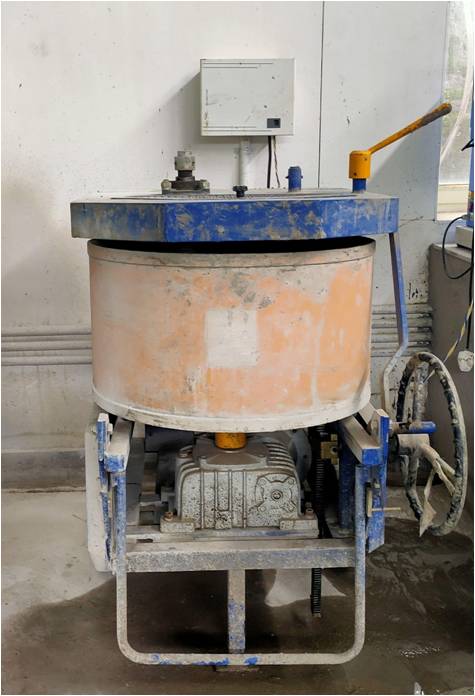
Concrete Pan Mixer
A concrete mixer (often colloquially called a cement mixer) is a device that homogeneously combines cement, aggregate such as sand or gravel, and water to form concrete.
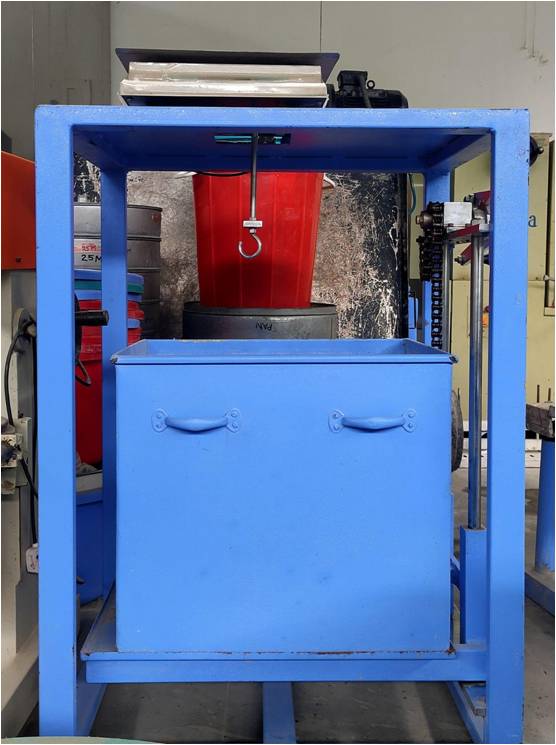
Specific Gravity apparatus
Specific Gravity (Density) apparatus, Buoyancy Balance. Consists of a rigid support frame, incorporating a water tank mounted on a platform. A mechanical lifting device is used to raise the water tank through the frame height immersing the specimen suspended below the balance.
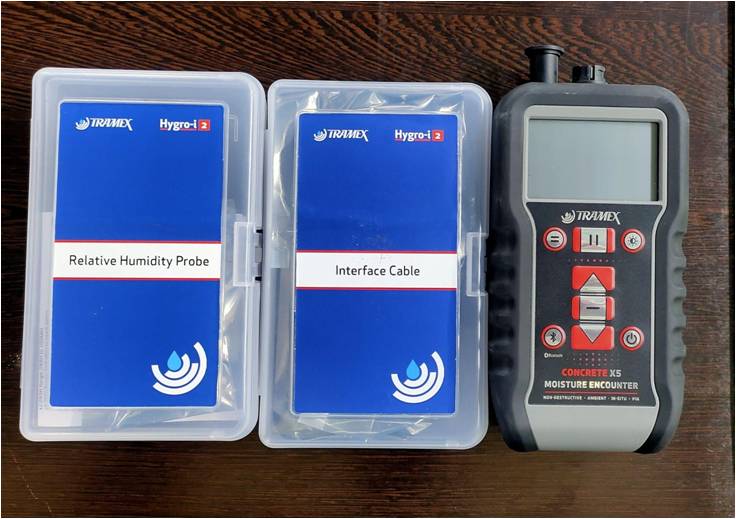
Concrete Moisture Meter
Tramex Concrete Moisture Encounter X5 detects and evaluates the moisture conditions within the slab or screed by non-destructively measuring the electrical impedance. A low frequency electronic signal is transmitted into the material under test via the electrodes in the base of the instrument.
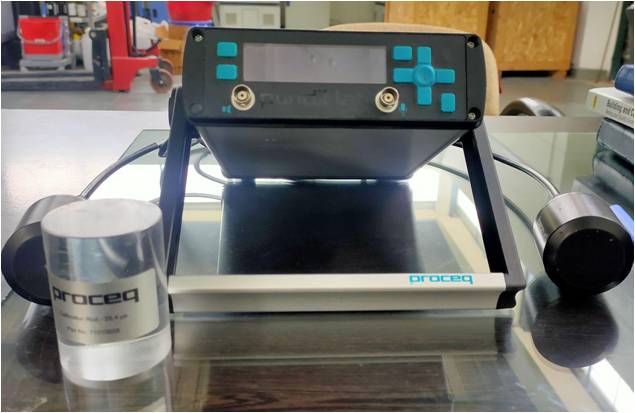
Ultrasonic Pulse Velocity
Ultrasonic pulse velocity (UPV) test is used to check the quality of concrete also defects within concrete by passing electronic waves through the concrete.
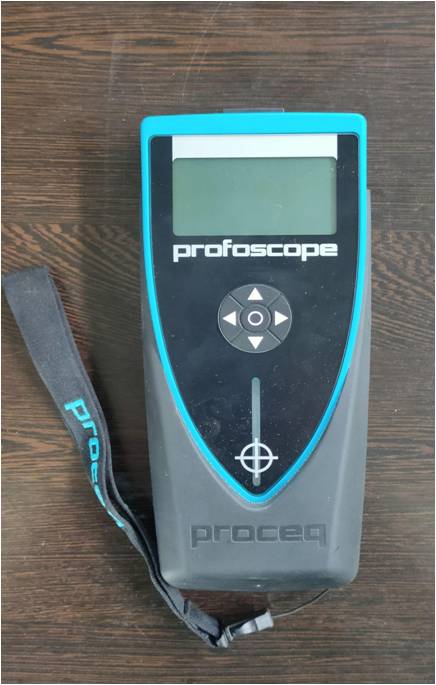
Rebar Locator
Rebar locators are used to find the position of steel reinforcement bars in concrete structures and to measure their concrete cover. Certain type of reinforcement such as glass fibre rebar, post-tension or pretension strand will require a Ground Penetrating Radar systems to locate correctly.
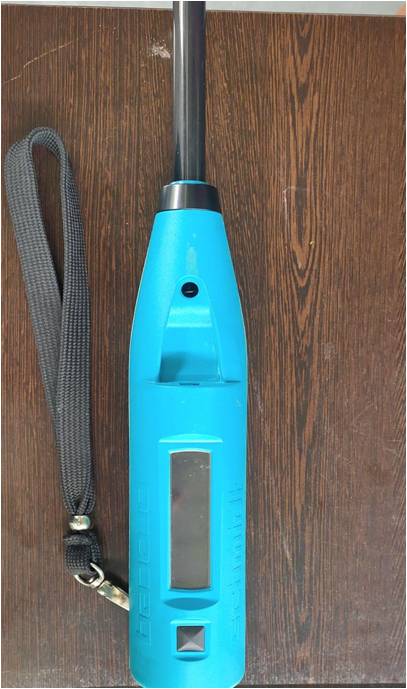
Rebound Hammer
It is used to test in-situ concrete as well as fresh concrete after final set. It is used to assess the in-place uniformity of the concrete. It is used to find out the exact location of poor quality and deteriorated concrete. Rebound hammer test is used to estimate in-place strength if a correlation is developed.
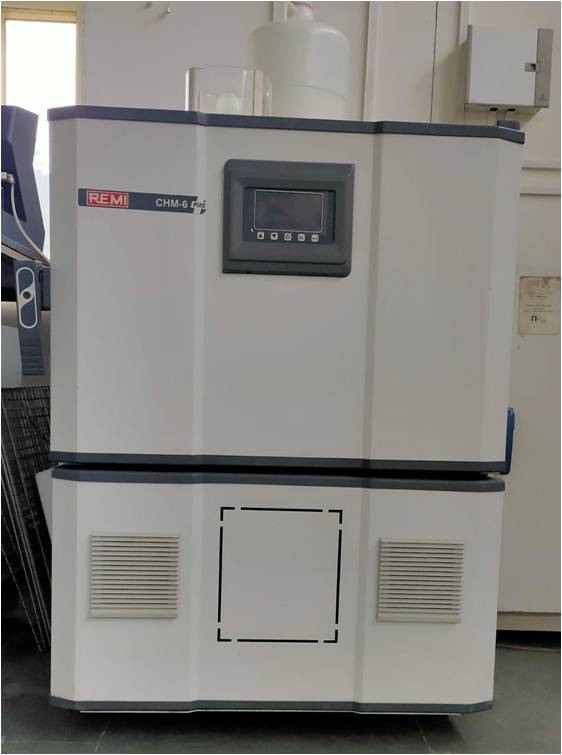
Humidity Chamber
These are climatic chambers that have humidity and temperature as their main parameters. These two parameters are the ones that most affect the curing of concrete and precise and optimal control of them helps us both to speed up the process and to stabilize it.

